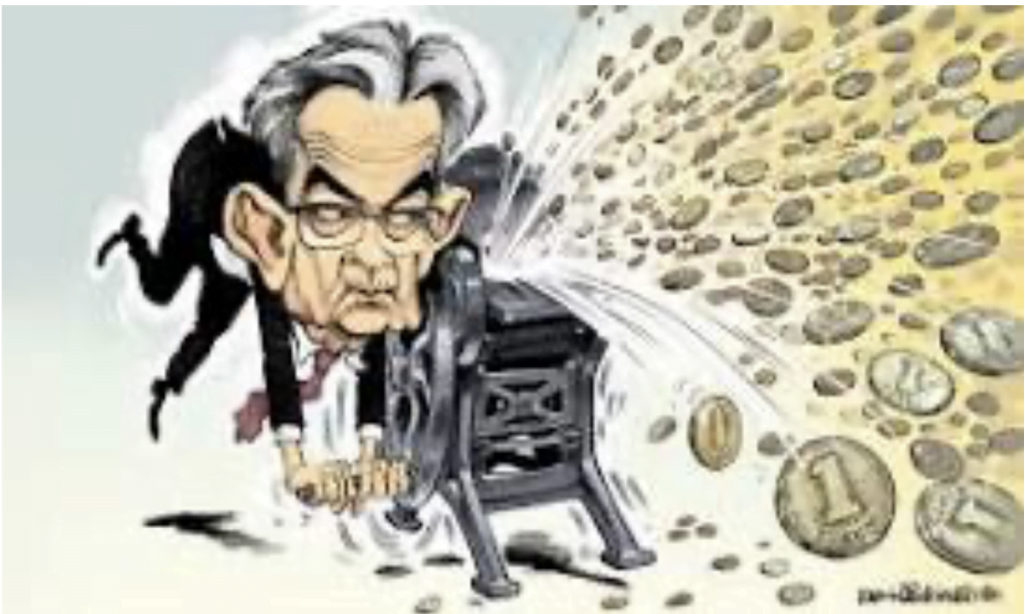Here’s the news of the week – and how we see it here at McAlvany Wealth Management:
Gold: Seeing the Unseen

The COVID-19 crisis continues to drag on. Cases make daily highs, and the rollback of re-openings continues to unfold nationally. It continues to take its toll on the physical, financial, and emotional health of so many Americans. There is clear risk to any economic recovery in the short-term. In all likelihood, a second round of fiscal stimulus will be a necessity as the crisis continues and workers find themselves sidelined with dim employment prospects. In all likelihood, we will exit 2020 with a higher percentage of the workforce unemployed than during the Great Depression. The pandemic has left a trail of bankruptcies in its wake, with likely many more to come. We are used to hearing the word “disruption” when it comes to technology, however, the COVID crisis has brought disruption to just about every aspect of our lives. In short, it is a complete reset.
However, if I were to drop you into 2020 without context, and show you the year-to-date stock market returns, you’d never know that we had endured any of the above. The S&P 500 is now down only 38 basis points for the year, and the NASDAQ 100 is actually UP 19 percent and seems to march higher week in and week out. We think a key tell lies in the rally in the gold price. If inflation is “always and everywhere a monetary phenomenon,” surely an 18.4 percent move in the gold price, the most monetary of all commodities, is a canary in the coal mine. It is easy to dismiss the entire community of investors and speculators as unwisely chasing extraordinary valuations, and it is true that the market, on the basis of earnings, is at valuation extremes. However, perhaps there is some logic behind this irrational exuberance.
At some point, the bill will come due for all of the stimulus that was necessitated by the COVID crisis. There are two mechanisms by which this can be done – either taxation or monetization or some combination of both. Taxation is visible and often politically unpopular. Monetization is insidious, far less visible, and is a form of taxation in and of itself vis-à-vis diminished purchasing power. In fact, currency devaluation is the most regressive form of taxation as it impacts most those who spend the highest percentage of their incomes on basic necessities.
Those paying attention to what is happening in the financial system know that the Fed balance sheet continues to reach new highs, and is now approaching the $7 trillion-dollar mark. Investors believe that this kind of monetary expansion at some point will become inflationary, and they are looking to preserve purchasing power by owning assets rather than cash. Basically, the Fed, by creating dollars, has induced risk taking and effectively messaged to the public that saving prudently is an exercise in foolhardiness. This is the underlying message in the rally we have seen in the gold price – that dollars will be worth less tomorrow than they are today. It is a grand experiment unlike anything we have ever seen in history, and is very unlikely to end well. But, in the meantime, the party rolls on and the summer doldrums are anything but.
Best Regards,
David McAlvany
Chief Executive Officer
MWM LLC















